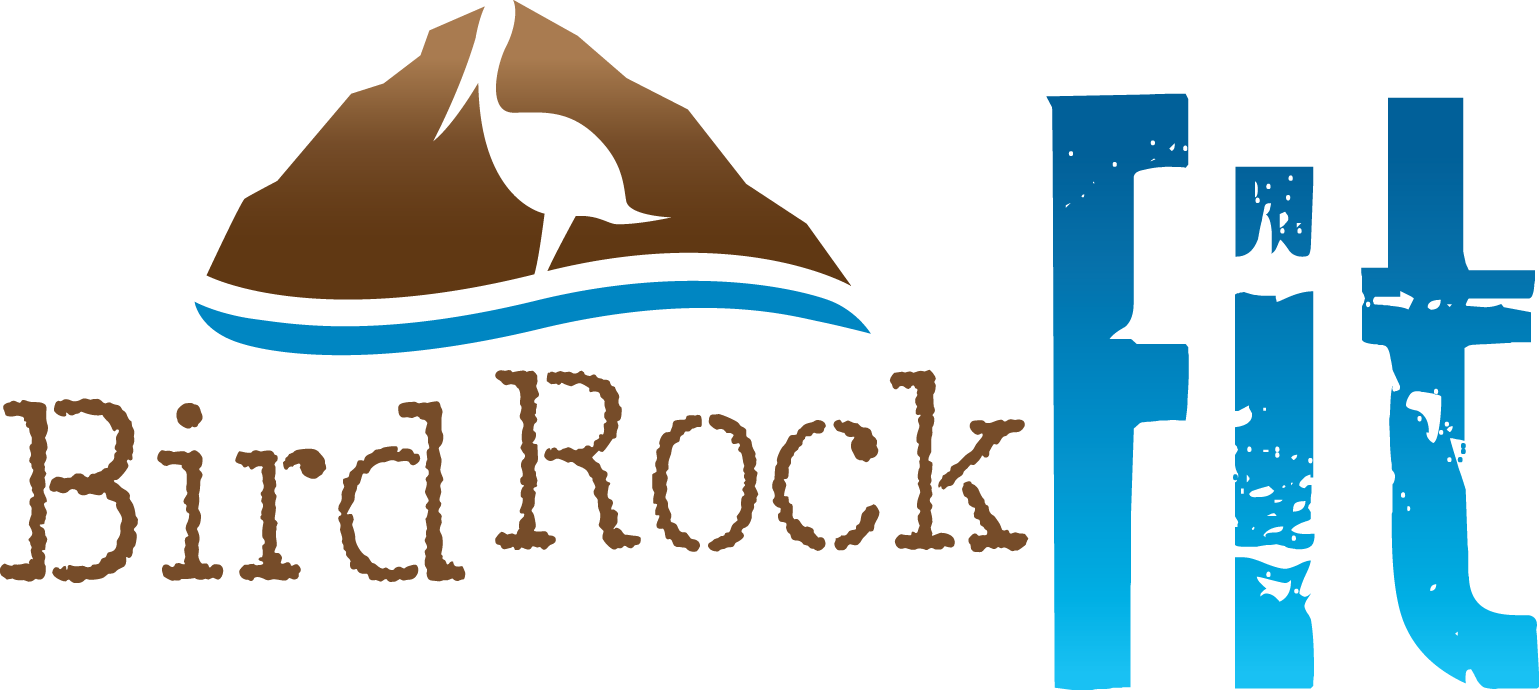 Sprint Training for Fat Loss
Sprint Training for Fat Loss
How doing less can help you lose more.
By Ryan Halvorson
What if I told you that one of the best ways to drop fat and build a lean physique requires less than 3 minutes of actual effort? You’d probably tell me to pull the other one, right?
The Fat Burning Zone
For years the focus was primarily on burning calories within an exercise session as a means to lose fat. And in order to do that you’ve got to exercise until you’ve expended a certain number of calories. It makes sense—burn more calories than you take in and your body will have to look to fat stores for fuel. So followed the explosion of hour-plus sessions on the elliptical or treadmill. You couldn’t really train at any significant intensity because the body simply cannot sustain intense output for extended periods of time. Like the tortoise, slow and steady will win the race.
Faster Pace, Faster Fat Loss
Over the past 5 years or so, the thought that long-duration, moderate-intensity exercise is best for fat loss has been taken to task. Several studies pitted that type of training against its shorter, harder counterpart—sprints. They started to look beyond the actual workout session and learned that higher intensity training yielded significant post-exercise caloric expenditure and fat burn.
For example, a team of exercise physiologists from Colorado State University wanted to see what kind of energy output—or calorie burn—would result from a very short, intense period of exercise. The researchers had study participants go all-out at their perceived 100% effort for 30 seconds on an exercise bike, followed by a 4-minute slow-moving rest period. They repeated this sequence a total of five times, or 2.5 minutes of actual physical exertion.
So how many calories does 2.5 minutes of maximal exertion burn?
Up to 220. In 2.5 minutes.
That’s the same number of calories in an Almond Joy chocolate bar.
And it doesn’t take into account the potential exercise after burn. Intense interval training can boost the metabolism for extra fat and calorie burn up to 48 hours after you’ve stepped off the bike. This doesn’t happen with traditional, steady-state cardio methods.
Another study included a group of overweight women who were separated into two exercise groups. One of the groups exercised on a stationary bike at a pace they could sustain for 40 minutes. The other group also used a bike, but sprinted “all out” for 8 seconds, followed by a 12-second rest. This was repeated for 20 minutes. At the end of the 15-week study, the researchers found that the sprint group lost about 2.5 pounds of fat on average, while the moderate group gained fat. Keep in mind the sprint group exercised in total for 20 minutes and really only gave 2.7 minutes total of intense exertion.
Crazy, right?
There are lots of theories about why sprinting trumps moderate-intensity exercise when it comes to fat loss. But the bottom line is that it works. If you need more evidence, Google “sprinter’s body versus marathoner’s body” and I’m sure you can determine a significant difference between their body types. The sprinters look strong and athletic while the marathoners tend to be gaunt and gangly.
Fitness Anywhere
Another great thing about sprints is that they can pretty much be done anywhere. They can be done in the swimming pool, on a stationary bike or rowing machine and more. They can even happen in your living room using a jump rope or buy doing burpees. I personally love hill sprints. There’s this sweet little canyon (hello, nature!) near my house that’s at about a 30- to 40-degree grade. I try to complete anywhere from 10 to 16 rounds lasting 10 seconds or so and then rest until I’m ready to go again. The great thing about hill sprints is that they’re less jarring on the body than running on a level surface—like that old Irish saying goes, the road literally rises to meet you. Plus you get a good amount of powerful hip extension to move up the hill. Hip extension is a great movement to build an enviable posterior.
Go At Your Pace
Sprint training might seem intimidating, especially if you’re not used to it. But like any other physical endeavor it’s important to work at a pace that works best for you and not to expect to work at speeds of elite athletes like Usain Bolt.
You should aim to move quickly and powerfully—this will be different for everyone—until you reach a point in which your muscles burn and it would be difficult to hold a conversation. At that point, decrease your intensity until you feel you can give the same amount of effort. A good starter sprint program is to sprint for 10 seconds and then recover for the remainder of the minute. Try that five or 10 times and you’re good. Aim to progress every other session or so either by covering more ground, adding sets or increasing the work period. So, maybe go all-out for 15 seconds and rest for 45. Or increase the number of sprints you do. Also, sprint training should be limited to once—maybe twice—per week. Though they’re short and sweet, they can be pretty taxing to the body, requiring a few days or more to recover than traditional workouts. Also, be sure to take some time to warm up and cool down.
Give it a try for 6 to 10 weeks and see if you notice a difference in how your clothes fit. Take a “before” picture so that you have a visual reference. If possible, also aim to have your body fat percentage measured. However, avoid the scale. Sprint training will build muscle which will inevitably offset overall pounds lost.
